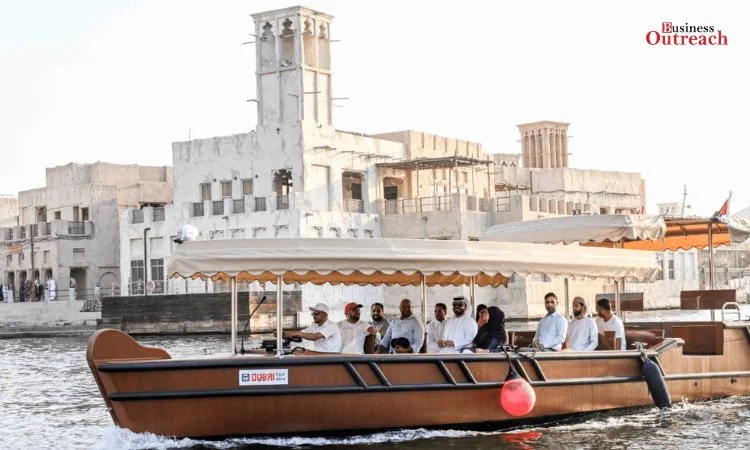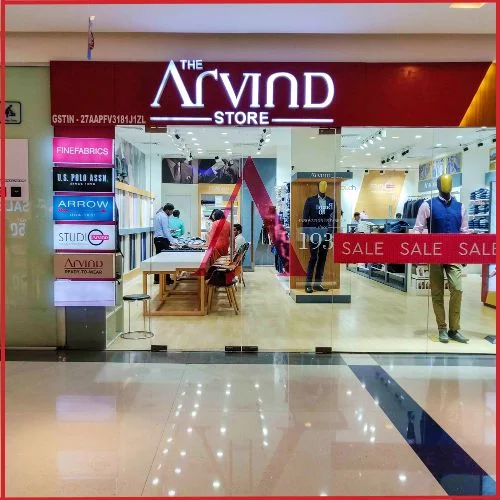The Roads and Transport Authority of Dubai has initiated a landmark step by introducing the world’s first electric abra crafted with 3-D printing technology. This novelty project will contribute toward restructuring traditional marine transport in Dubai, with the aim of remaining aligned to the city’s objectives of sustainability.

PC: Time Out Dubai
Abra Making Enters the Technological Era
The electric abra, abound to hold 20 passengers, highlights extensive technological development in its make. Made using 3D printing, the abra had a monocoque structure with a length of 11 meters and a width of 3.1 meters. The propulsion system is powered by two 10-kilowatt motors and lithium batteries, which makes it run effectively and in an environmentally friendly manner.
Joint Efforts and Partnerships
This project at hand was a collaborative effort between RTA and a number of other entities spread across the world. Mitsubishi supplied crucial material that was to be used in the manufacturing process, Siemens took charge of the programming and calibration of the printers, while Torqeedo supplied electric motors. TASNEEF ensured that the safety levels undertaken in the manufacturing process were adhered to.
Operational Trial and Future Implications
The electric abra will have a trial run at the Sheikh Zayed Road Marine Transport Station on the TR6 line. In this regard, performance indicators would have to be checked against the more traditional fibreglass abras, so as to ascertain whether cost-efficiency and sustainability benefits projected by RTA are really available.
Upgrading Traditional Abra Stations
Concurrently, RTA is renovating the traditional abra stations along Dubai Creek. The work includes design work for safety and security features, universal design requirements, and aesthetic improvements at various stations to accommodate more than 14 million passengers annually.
Project Scope and Milestone
1. Upgraded Stations: RTA has completed its renovation works on Bur Dubai Marine Transport Station and Deira Old Souk Station with improved facilities and passenger experience.
2. Future Upgrades: The other phases will complete the upgrading of Dubai Old Souk Station and Al Sabkha Station by August 2025. Upgrades include replacement of floating docks, improvement of retail and customer service spaces, and enlargement of passenger waiting areas with priority seating.
Impact on Marine Transport Sector
Considering that the Dubai Water Canal is already complete, Dubai’s marine transport sector has really grown. The addition of facilities for both urban and tourist facilities along the canal, supplemented with improved stations for transportation, is likely to further see an increase in marine transport as a preferred means of navigation for residents, tourists, and visitors.
RTA Dubai continues relentlessly pursue innovations that modernize transport infrastructure, elevate sustainability, and enhance the passenger experience. The world’s first 3D-printed electric abra and the ongoing upgrading of stations are necessary milestones toward doing this and setting an example for more strides to be taken in marine transport technology across the globe.















